Why Terroir Matters in Wine
Overview: The Essence of Terroir
Terroir is the magic behind every great wine. It’s the unique mix of soil, climate, and human touch that gives wine its personality. From the crisp whites of Jackson Family Wines to the bold reds of Bordeaux, terroir explains why no two wines taste the same.
What Is Terroir and Why Does It Matter?
Terroir is a French word that captures everything about where grapes grow. Think soil type, weather, and even the slope of the land. It’s not just nature, though—winemakers play a big role too. Their choices, like how they prune vines or ferment grapes, tie into the land’s story. This combo is why terroir matters in wine. It’s the reason a Pinot Noir from Oregon tastes different from one grown in France.
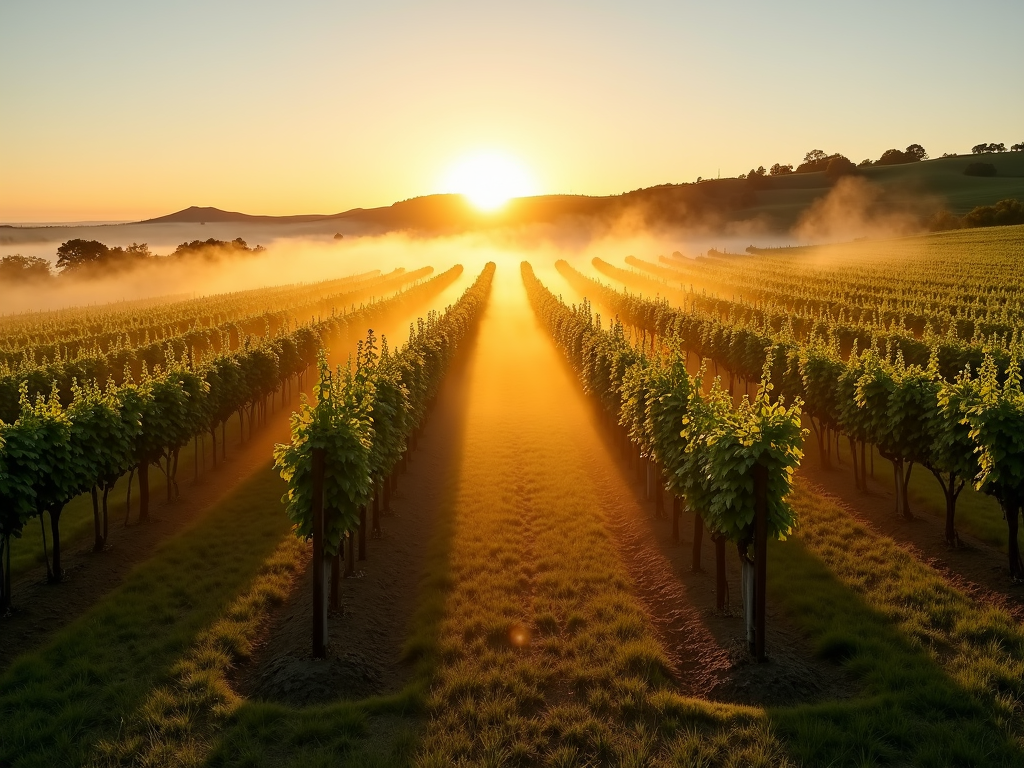
Take soil, for example. Sandy soils drain fast and make lighter wines. Clay holds water and gives richer flavors. Then there’s climate. Cool areas keep grapes fresh and acidic—perfect for whites. Warm spots ripen grapes fully for bigger, bolder reds. It’s fascinating how these details shape what’s in your glass.
How Terroir Shapes Wine Taste
Terroir isn’t just a buzzword—it directly affects flavor. Grapes soak up their surroundings. A rocky hillside might add a mineral taste, while a sunny valley brings out fruity notes. This is why Jackson Family Wines white wine collection stands out. Their Chardonnay from Sonoma’s cool coast has a zesty bite, but the same grape from warmer Napa Valley feels smooth and full. Same grape, different terroir, different wine.
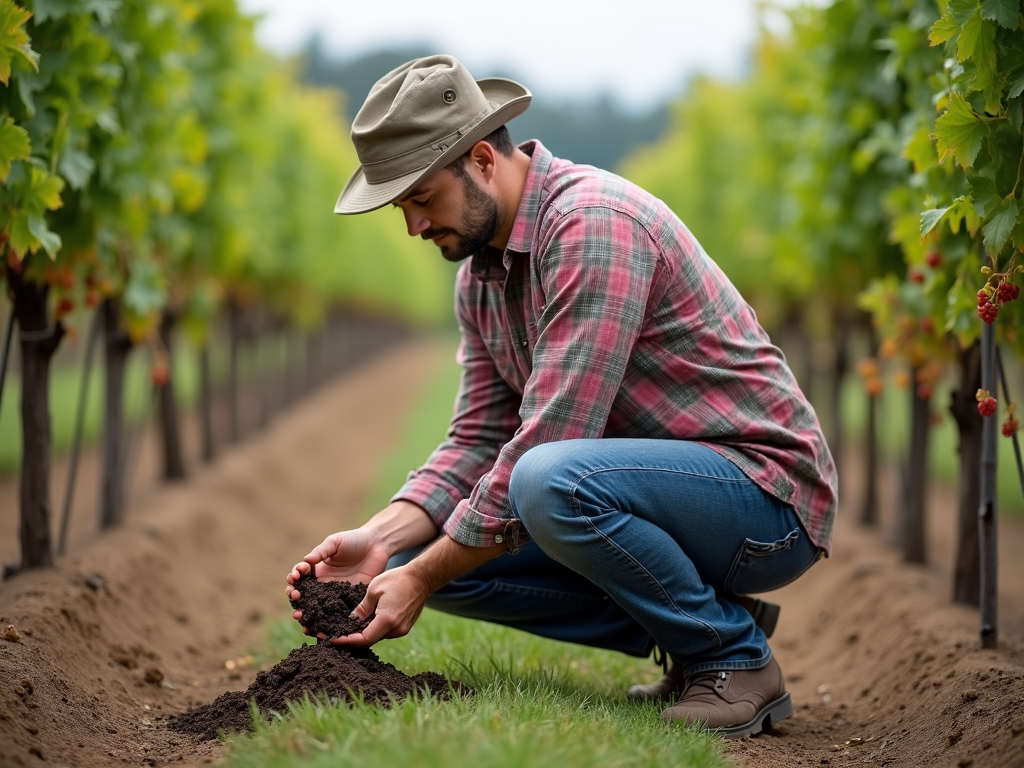
I’ve tasted this difference myself. At a tasting with Jackson Family Wines, their Oregon Pinot Gris hit me with bright apple and a sharp finish—thanks to Willamette Valley’s volcanic soils. Then, their Bordeaux Merlot from Château Lassègue had this earthy depth I couldn’t forget. That’s terroir at work, turning each sip into a little journey.
Jackson Family Wines: A Terroir Showcase
Few wine brands nail terroir like Jackson Family Wines. They’ve got vineyards everywhere—California, Oregon, even France. Each spot has its own vibe. Their Kendall-Jackson Vineyard in Sonoma County gets cool breezes off the Pacific, making elegant Pinot Noir. Over in Oregon’s Willamette Valley, the soil and rain craft crisp Rieslings. It’s like they’ve bottled the land itself.
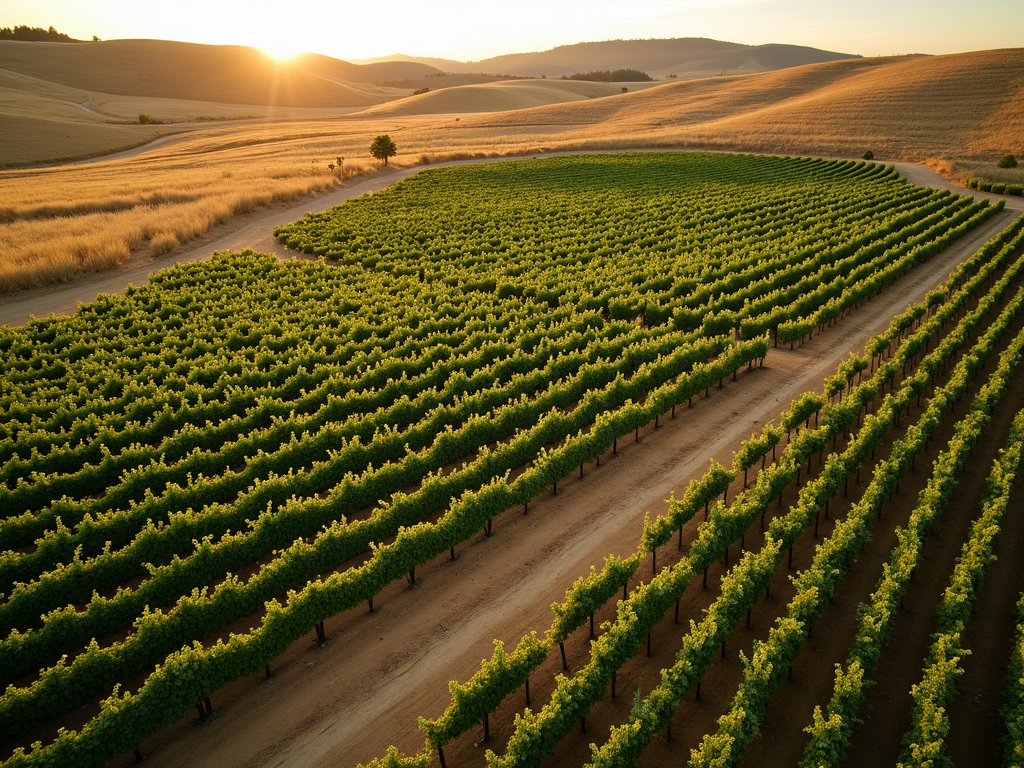
What impresses me most is their focus on the details. They match grape types to each vineyard’s strengths. In Bordeaux, the limestone soils at Château Lassègue boost their Merlot’s structure. It’s not random—it’s years of learning the land. That’s why Exploring the Vineyards of Jackson Family Wines: A Virtual Tour feels like a masterclass in terroir.
Terroir Around the World
Terroir isn’t just a Jackson Family Wines thing—it’s global. In Tuscany, Italy, the stony soils make Sangiovese grapes bold and tangy—perfect for Chianti. Down in Australia’s Barossa Valley, the heat and old vines turn Shiraz into a spicy powerhouse. Every region has its signature, and terroir is the pen that writes it.

Research backs this up. A study from UC Davis found that soil microbes influence grape chemistry, tweaking flavors in ways we’re just starting to understand. It’s not just dirt—it’s science shaping your wine.
Terroir in Action: A Quick Guide
Here’s a simple table to show how terroir changes wine:
| Region | Terroir Factor | Wine Impact |
|---|---|---|
| Sonoma Coast, CA | Cool breezes, fog | Crisp, acidic Chardonnay |
| Napa Valley, CA | Warm sun, fertile soil | Rich, bold Chardonnay |
| Willamette Valley, OR | Volcanic soil, rain | Bright, sharp Pinot Gris |
| Bordeaux, France | Limestone, clay | Earthy, structured Merlot |
This is why terroir matters in wine—it’s the recipe for variety.
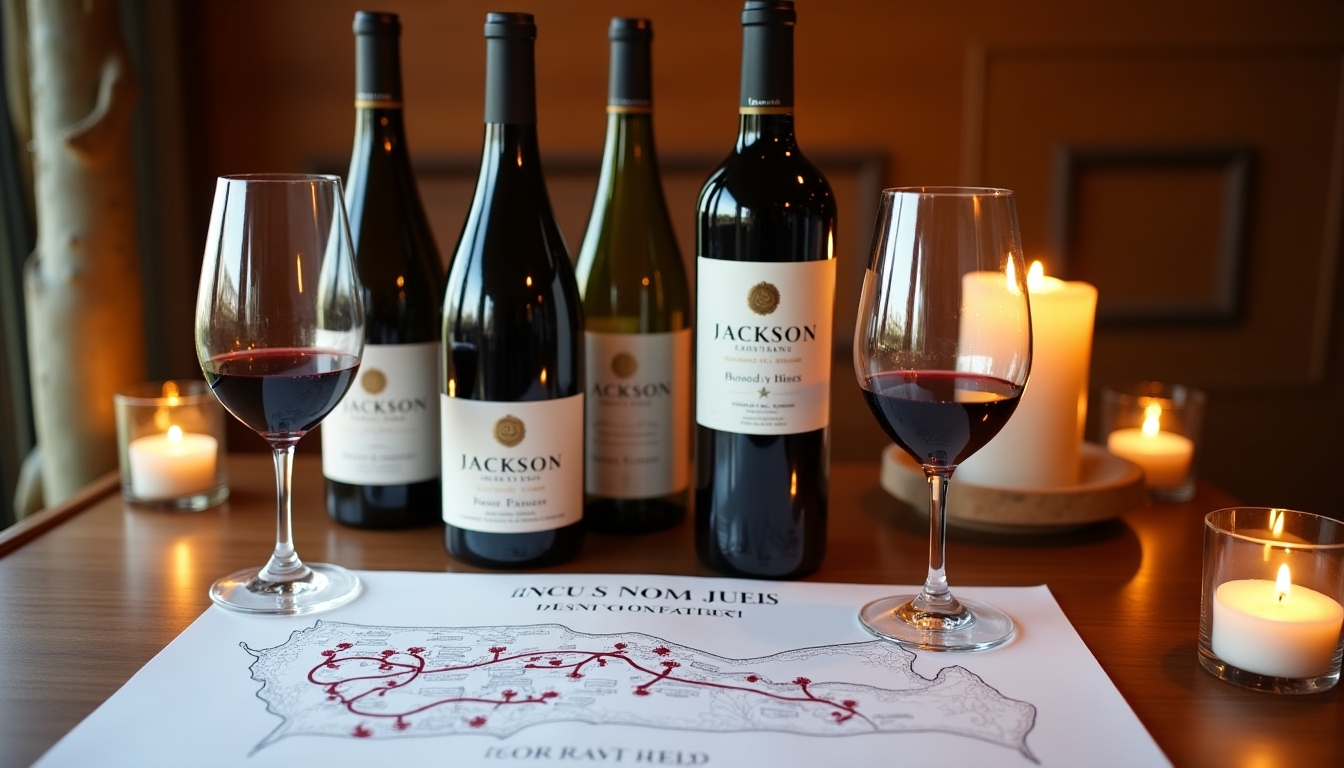
Why Wine Brands Love Terroir
Terroir isn’t just about taste—it’s a story. Wine brands like Jackson Family Wines use it to stand out. People want to know where their wine comes from. A bottle tied to a specific place feels authentic, special. I’ve seen this at tastings—folks light up when they hear about the coastal fog or mountain slopes behind their glass.
It’s smart marketing too. A report by Wine Institute shows consumers pay more for wines with a clear origin story. Terroir gives brands an edge in a packed market.
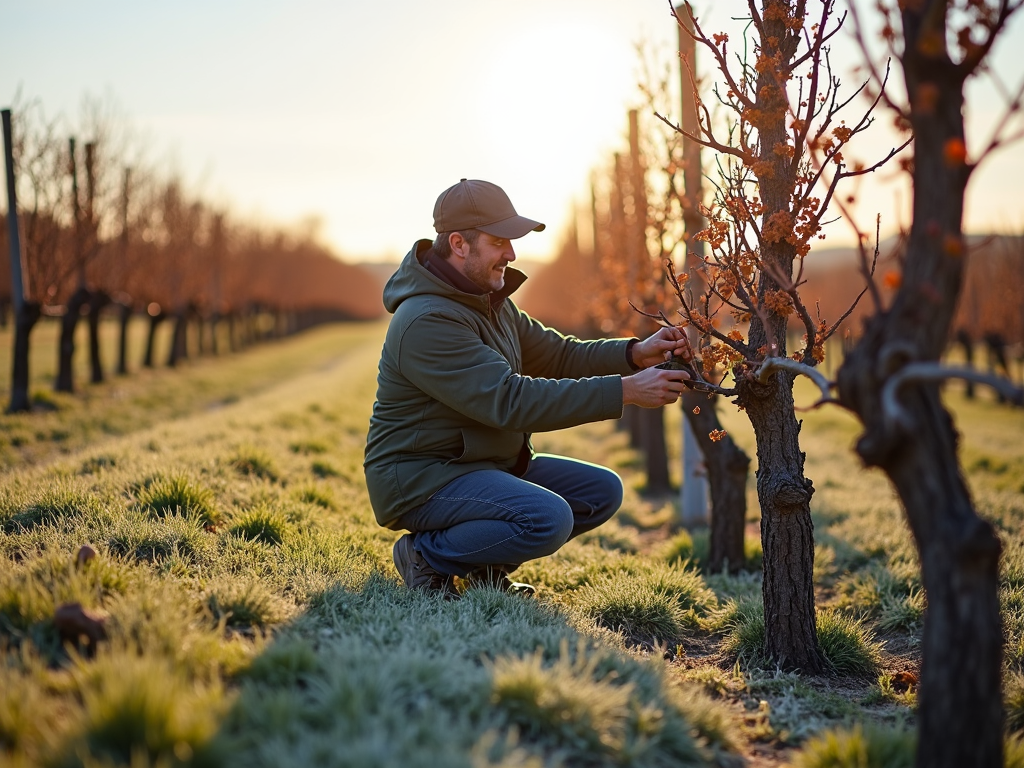
Terroir and the Future
Terroir isn’t static—it’s alive. Climate change is shifting weather patterns, challenging winemakers to adapt. Jackson Family Wines is ahead here, using sustainable tricks like cover crops to keep soil healthy. It’s about respecting the land so it keeps giving great wine. The National Institute of Food and Agriculture highlights how these practices protect terroir long-term.
My Take: Why I Care About Terroir
I didn’t get terroir at first. Wine was just wine. But after visiting vineyards and tasting side-by-side, it clicked. Each bottle holds a place, a moment. It’s not pretentious—it’s real. Whether it’s a Jackson Family Wines Chardonnay or a random find from a local shop, terroir makes every glass a little adventure.
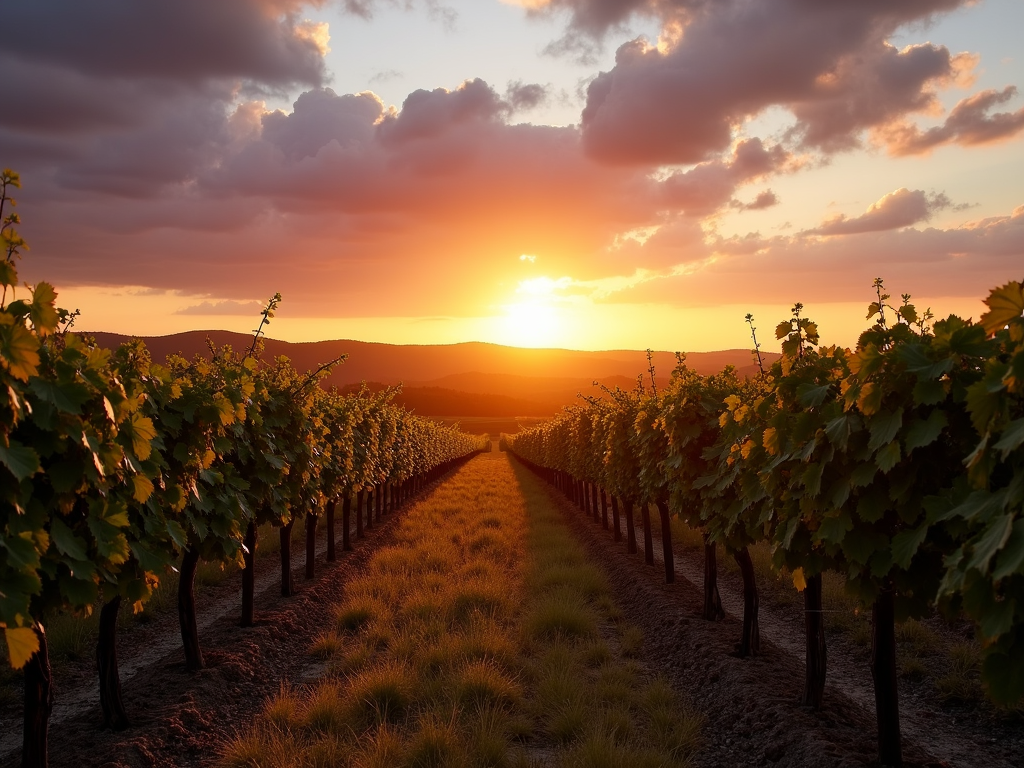
Summary: Terroir’s Lasting Impact
Terroir is the heart of wine. It blends nature and human skill to create flavors you can’t fake. From Jackson Family Wines to global regions, it’s why every bottle has its own voice. Want to dig deeper? Check out these recommended readings:
- The Science of Terroir by Jamie Goode - Breaks down the science behind terroir’s magic.
- Terroir and French Wines by James E. Wilson - Explores France’s famous wine regions.
- Wine Folly: Magnum Edition by Madeline Puckette - A fun, visual guide to wine and terroir.